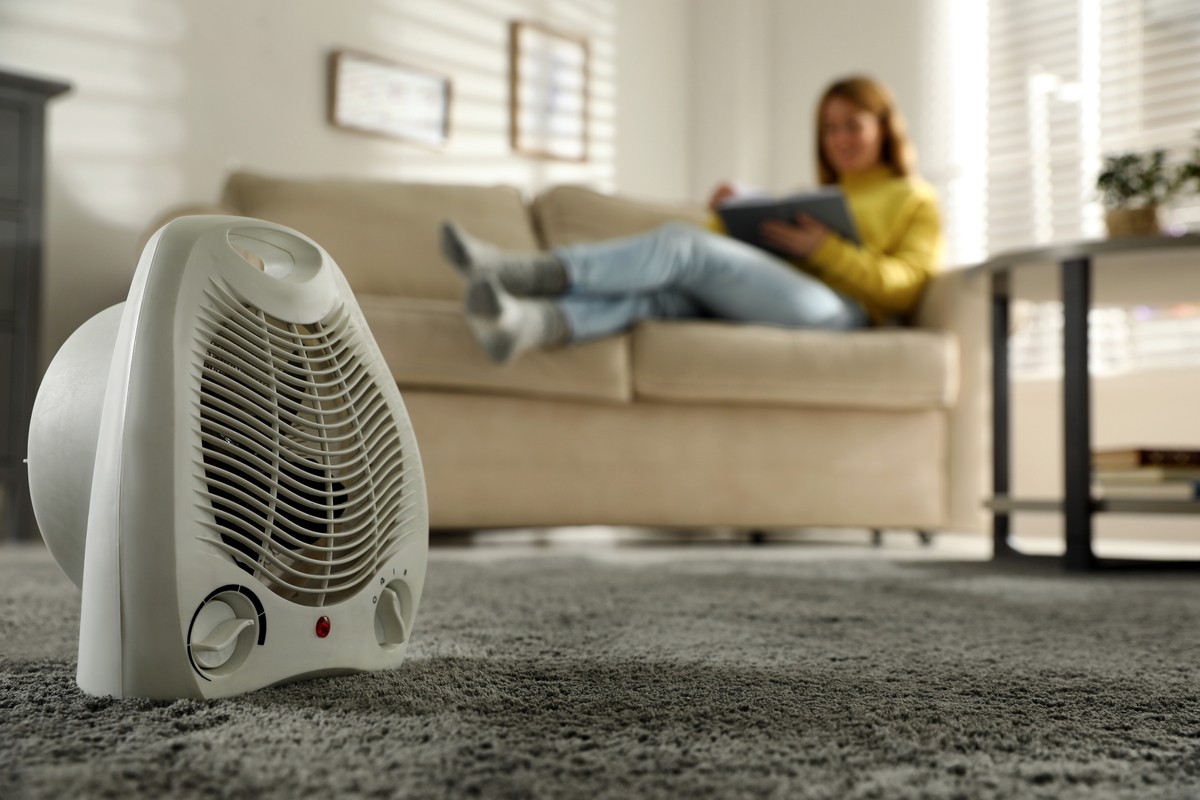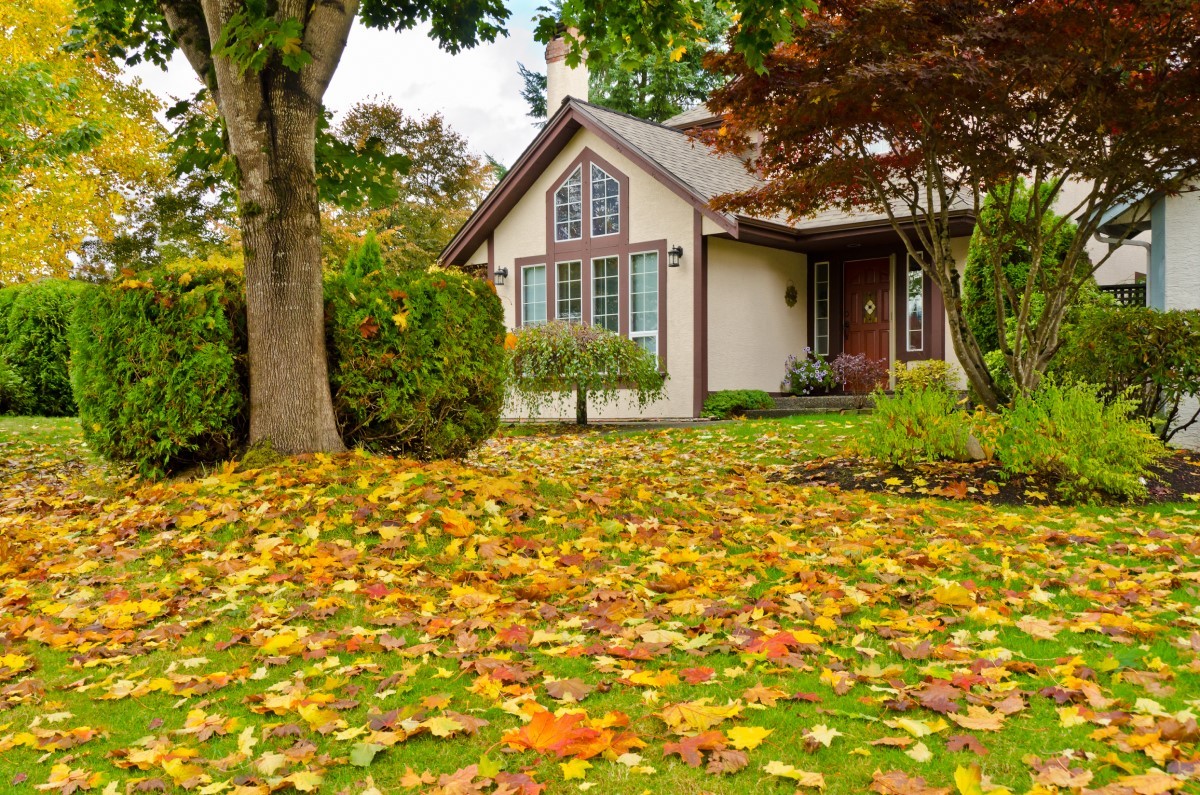
3 Things You Absolutely Must Do If Your House Is Haunted & The One Thing You Shouldn’t
See something in the corner of your eye from time to time? Things flying through the air? Think you’re living in a haunted home? We’ll help

See something in the corner of your eye from time to time? Things flying through the air? Think you’re living in a haunted home? We’ll help

Space heaters can keep your toes warm, but they can put your home in danger. In fact, the National Fire Protection Association found space heaters are the

You’re burning daylight. With the usual suspects—Jack Frost, snow, and higher utility bills—arriving sooner rather than later, you need to prepare your home for those

Extreme heat means you’re now ordering iced coffee, and you’re no longer cooking on your stove. You can fry that egg right on the pavement.

A staple in southern states to regulate humidity levels, humidifiers add moisture to your home during winter and help to slow mold growth during the
Copyright 2025 vipHomeLink Holdings, Inc. – All Rights Reserved | Patents Pending